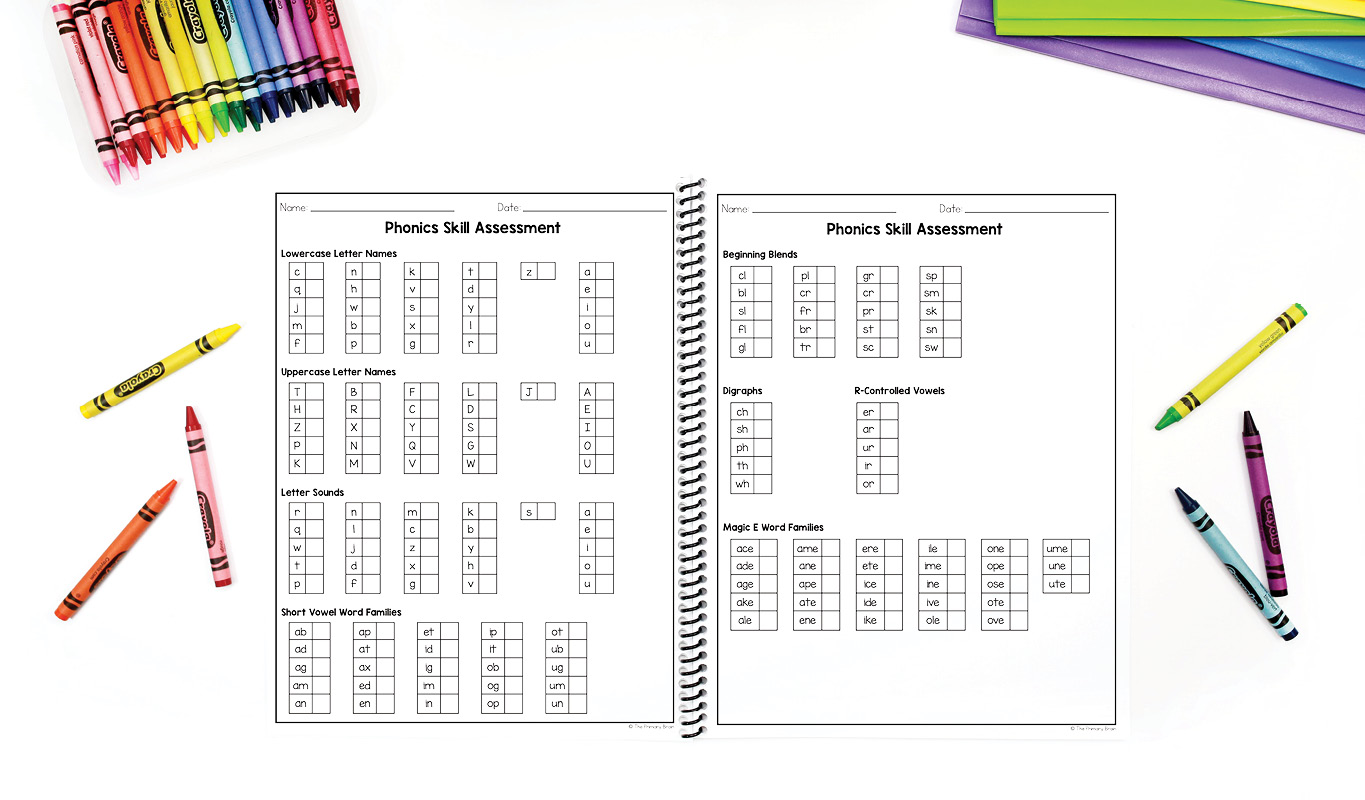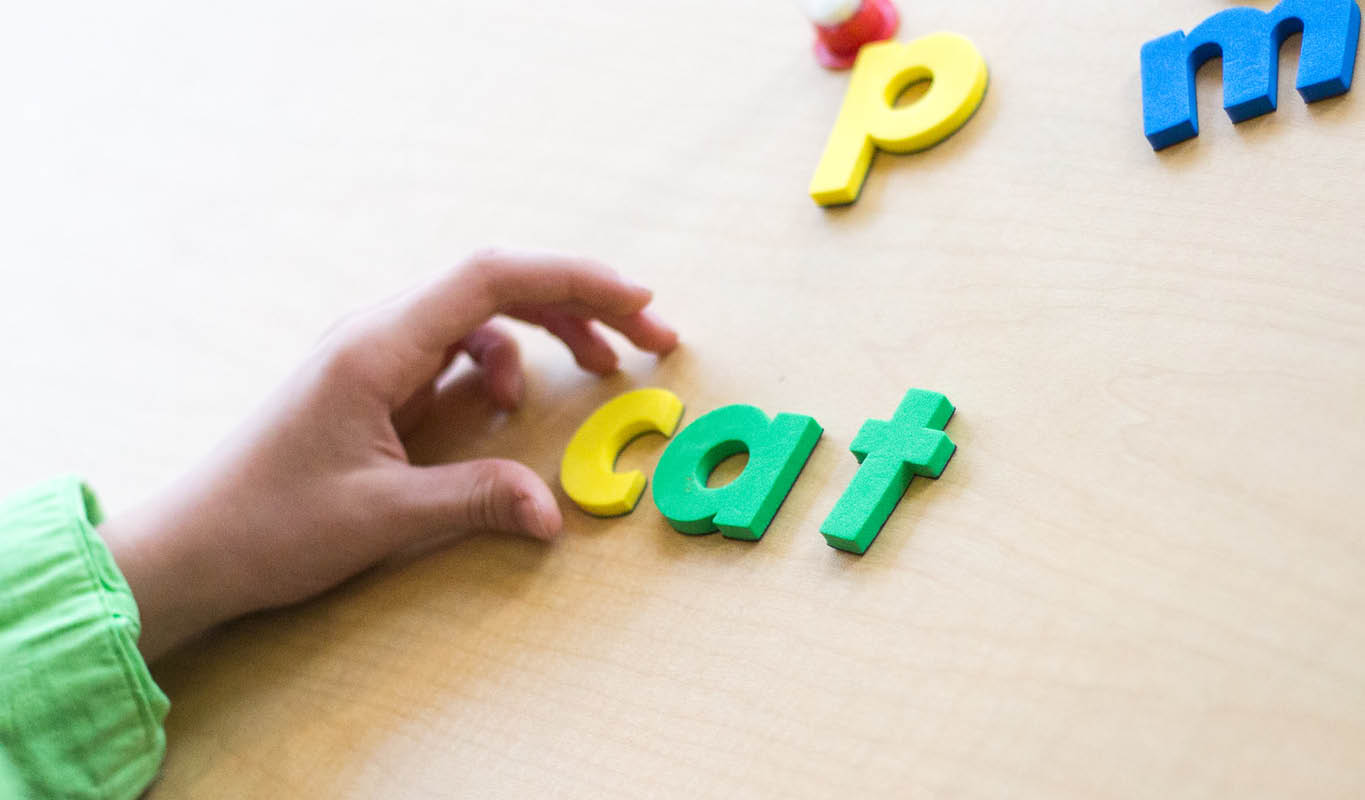How To Use Data To Form Small Groups

By LAURIN BRAINARD Updated July 15, 2024
Placing your students into groups for small group reading can be tricky! All of your students have different strengths and abilities and we want to meet each student at their individual instructional level. We know the end goal is to teach our students how to read, but how do we get there? What skills and materials do we use to reach this goal? The good news is…we can use data to make decisions to place our students in groups based on their phonics abilities!
I created a FREE Phonics Assessment that you can use to identify the phonics skills that your students already know and what they are ready to learn. Then, once you have this data, you can use it to form your small groups! If you haven’t already given a phonics skills assessment, then click here to read this post for a free assessment!
I’ve assessed my students and gathered the data. Now what?

Once you have assessed all of your students, it is time to dig into this data and form your small groups! First, I like place 6 post-its on a table and sort all the assessments into 6 data groups. I outlined the way I begin to divide up students to give you a starting point. This will change based on the number of students who land in each area, but it is a great way to help you get started:
- Students who know 0-16 letter names and/or sounds
- Students who know at least 16 letter names and sounds but could not read cvc words
- Students who know all of their letter names and sounds and can read some short vowel word families
- Students who know how to read the majority of cvc word families, and are ready to read words with blends or digraphs
- Students who know how to read cvc words, blends, and digraphs and are ready to read r-controlled vowels or cvce/magic e words
- Students who could complete the majority of the assessment and are now ready for vowel teams
Now that you have sorted assessments, then you will want to form 6 groups of 4-6 students per group who are all working on similar skills. If half of your class is working at the same level, then you will want more than one group that is focusing on the same skills.
Naming Groups
Once you have identified the students in these 6 groups, then you can set up a schedule of when you will meet with each group. I find it is easiest to keep track of each group by naming them. I use color names, but you could also do sports teams, animal names, or any other fun theme in your classroom. You can use these FREE planning pages to help you form your small groups:
How many times per week should I meet with my students?

This is completely up to you! I like to meet with students who are working below grade level every day during small group rotations. In my classroom, we do about one hour of center rotations per day. During this time I usually break up the groups as follows:
- Group 1: 15 minutes (daily)
- Group 2: 15 minutes (daily)
- Group 3: 10 minutes (4 days per week)
- Group 4: 10 minutes (4 days per week)
- Group 5: 15 minutes (3 days per week)
- Group 6: 15 minutes (2 days per week)
Since groups 5 and 6 are working at or above grade level, I meet with these groups less often than the students who are working below grade level and need the extra small group practice. After I meet with groups 5 and 6, I give them extension activities that they finish during their center time to provide extra practice on the content we are learning in small group sessions.
Your groups are formed, so where do we go from here?
Before I even start to meet with small groups, I spend about one week training my students on how to work in centers. Once your students learn how to work independently in centers, this will free up the time you will need to meet with all of your small groups multiple days a week! Then, it is time to begin center and small group rotations! You can read more about how I implement centers in this blog post: How To Get Started With CVC Centers In Your Classroom
You can also read about my favorite teaching tool for small groups in this post: Use Phonics Books to Build Confident Readers

This post may contain Amazon affiliate links. I earn a small commission each time someone makes a purchase through one of my affiliate links, which helps to support The Primary Brain blog. As always, I only recommend products that I love and all ideas shared are my own.
Written on August 25th, 2023 by Laurin Brainard